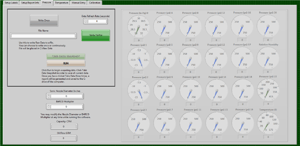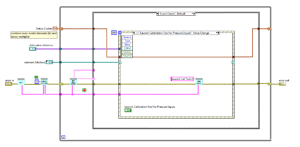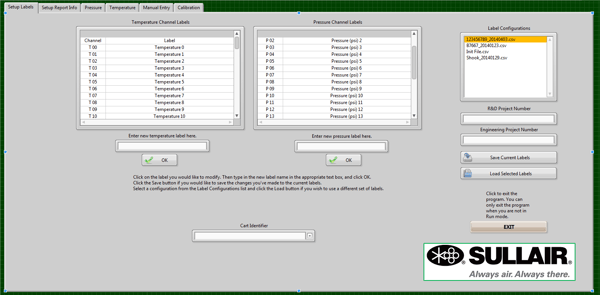+1 (317) 804-2330 | info@ballsystems.com | Blog
+1 (317) 804-2330 | info@ballsystems.com | Blog
To develop a data acquisition cart, combining existing and new functionality, to calibrate and monitor environmental sensors and test system stability for industrial compressor testing.
Ball Systems developed and delivered customized data acquisition carts to measure industrial compressor performance in order to automate previous manual measurements.
Features:

Benefits:
The new data acquisition carts provide the following:
Hardware and Software:
Ball Systems maintains an expansive array of in-house equipment and immediately available hardware and software platforms; reducing development time to meet critical customer deadlines. Specific components leveraged in developing the solution above included:


Ball Systems designs, develops, and delivers custom test systems and produces comprehensive build-to-print systems for companies creating or manufacturing critical electronic or electro-mechanical components for automotive, aerospace and defense and consumer appliance applications.